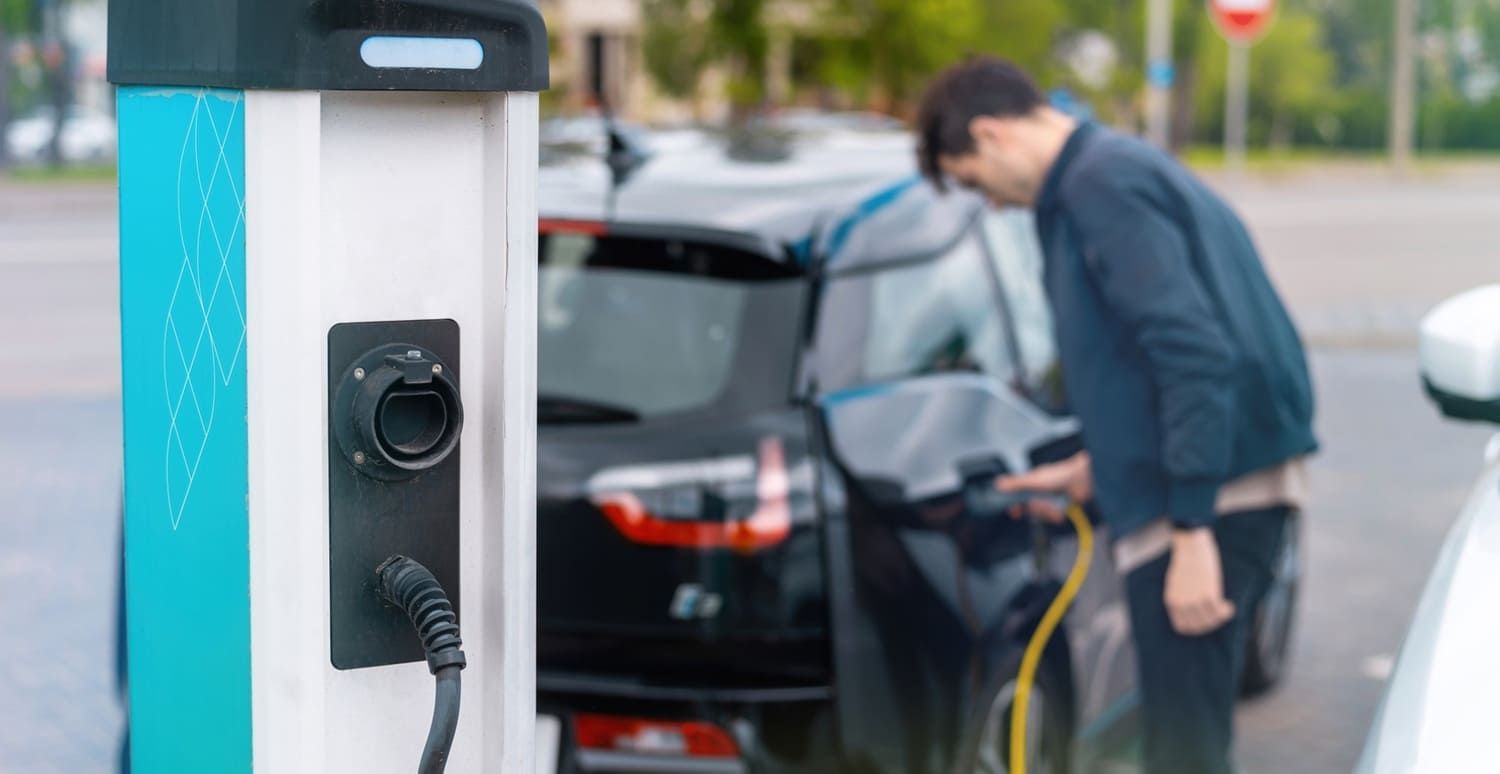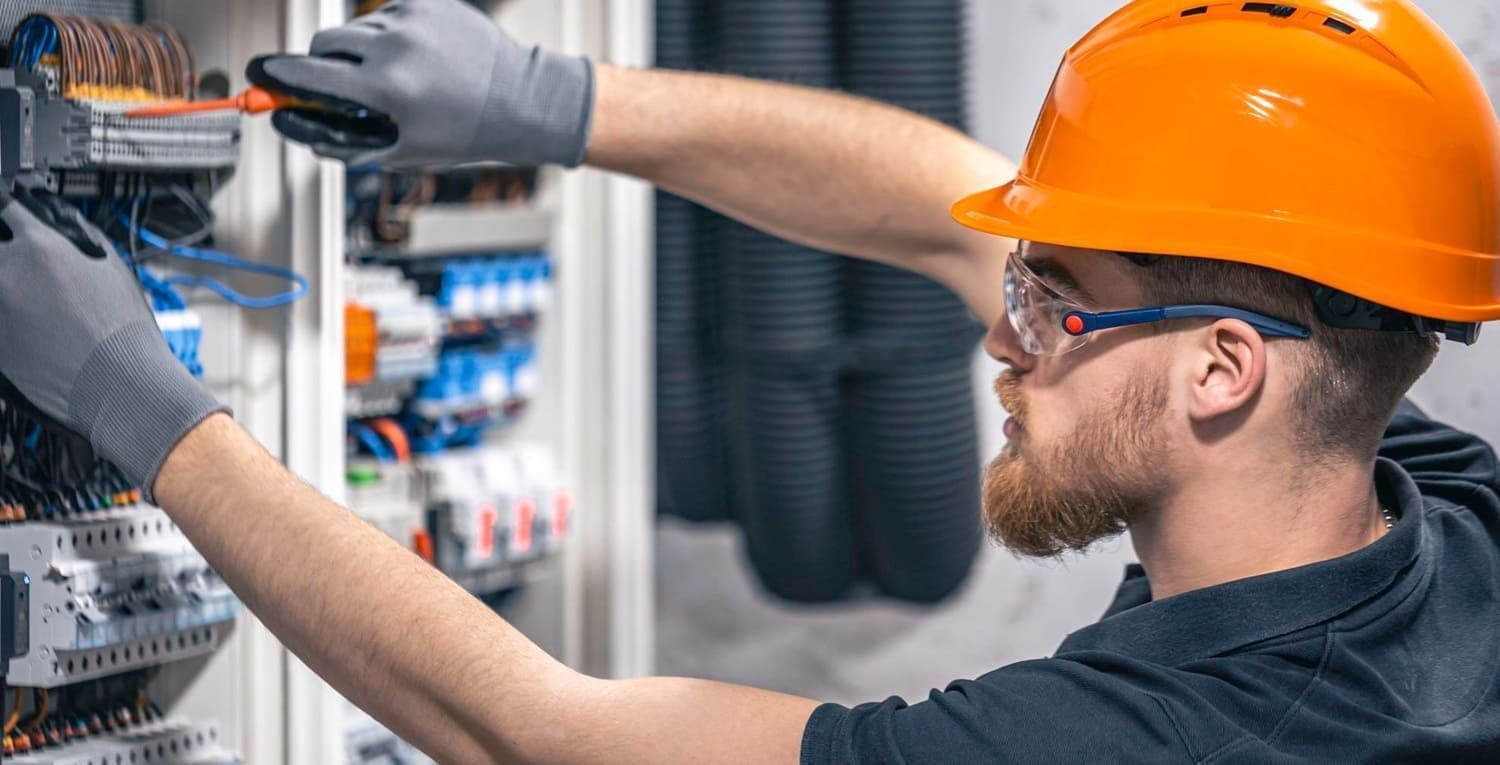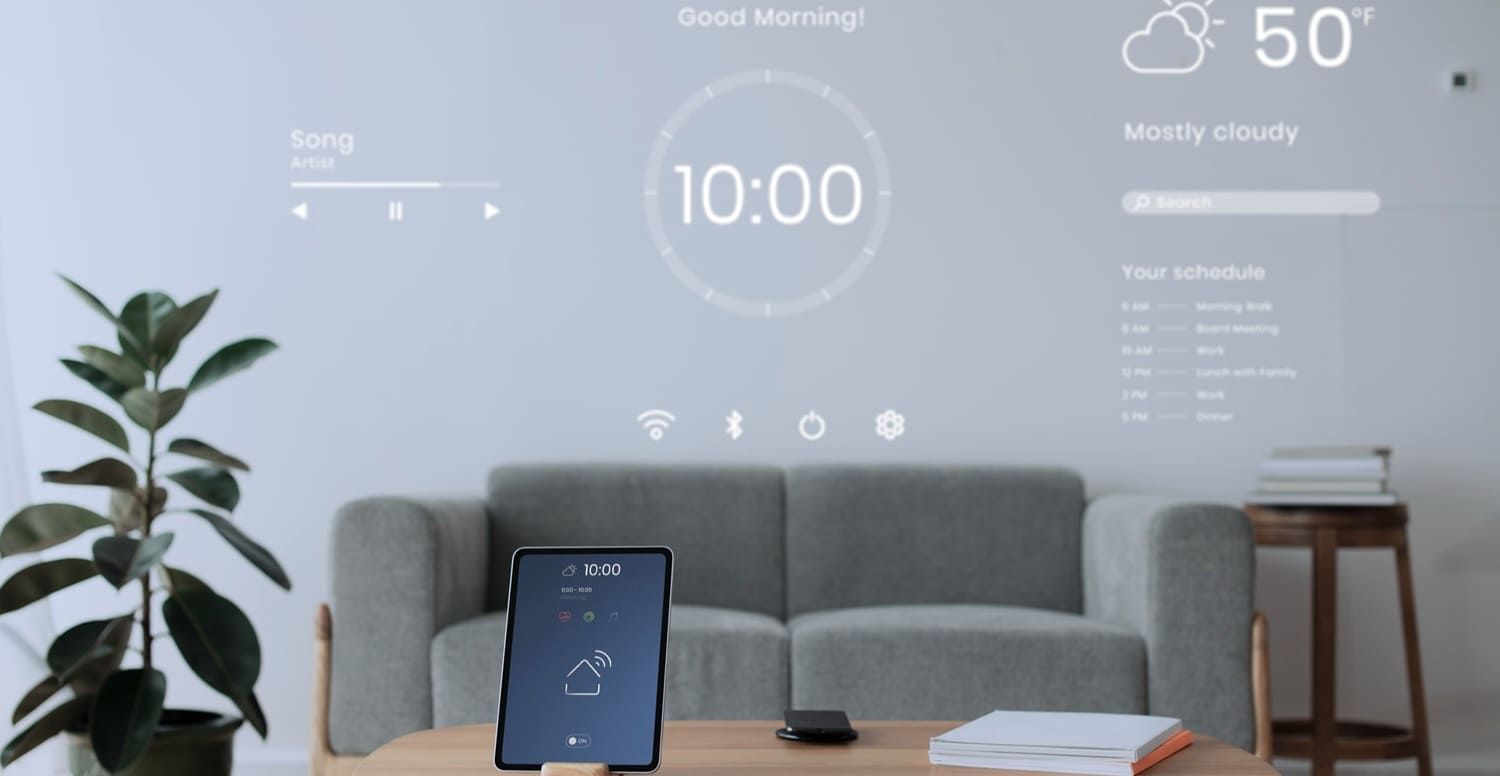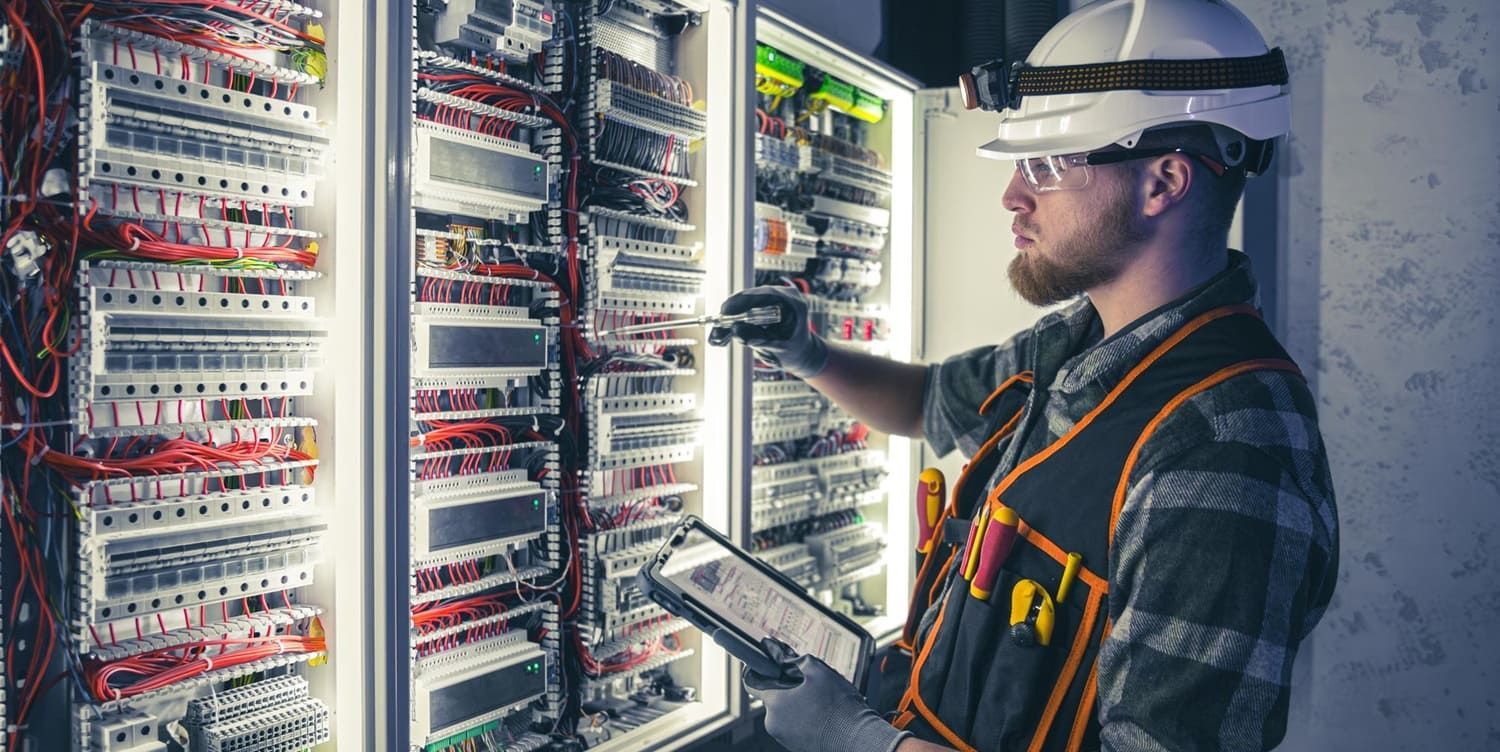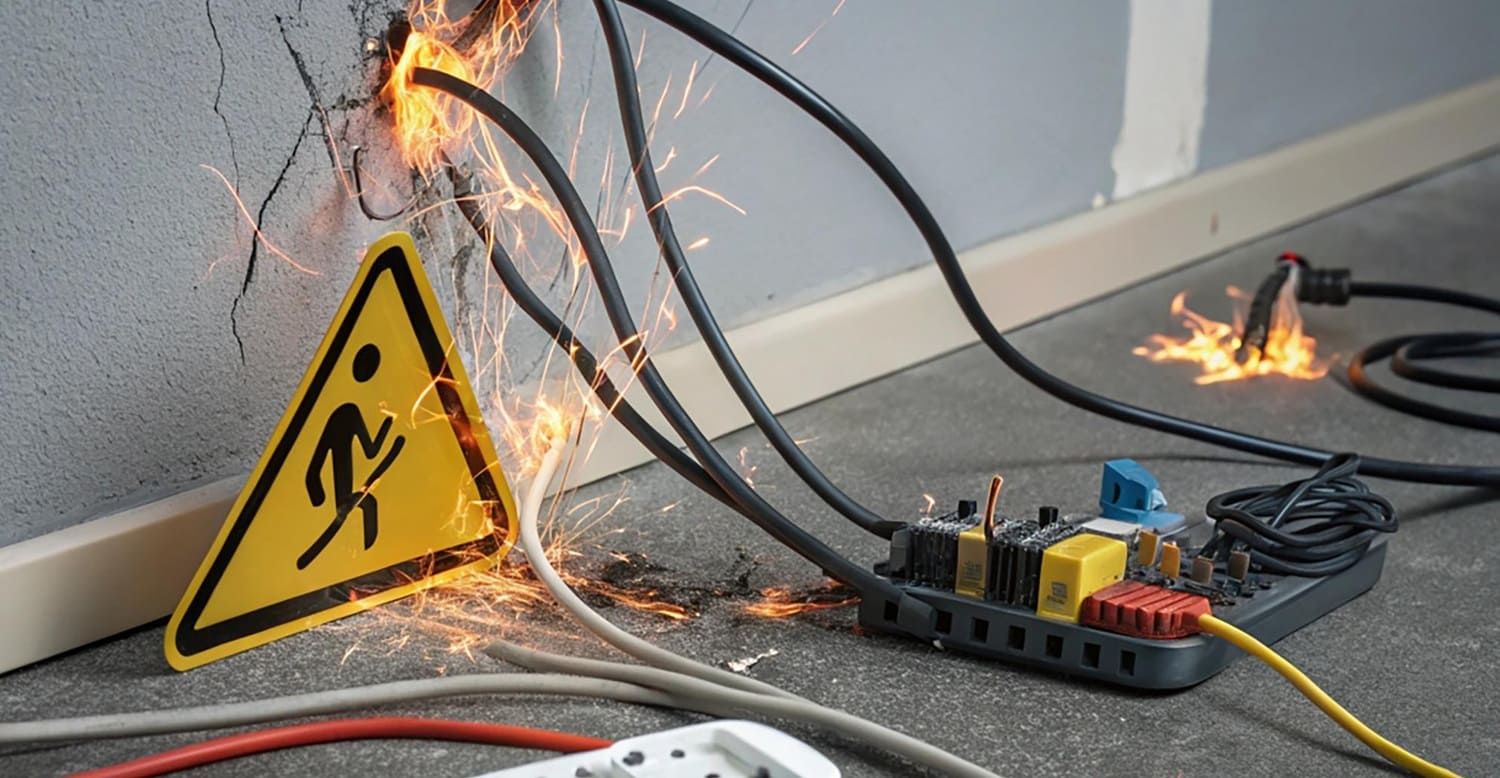Is Your Boat’s Wiring Safe? Here's How to Tell
Ensuring your boat's wiring is safe isn't just about protecting your investment—it's about safeguarding lives. Faulty wiring can lead to malfunctions or, worse, fires on board. In this article, we'll explore how you can assess the safety of your boat's wiring, and what steps you can take to keep your vessel shipshape. Regular maintenance and inspections are key to preventing potentially hazardous situations at sea.

Understanding Boat Wiring Safety
Boat wiring safety is a crucial aspect of marine electrical safety. The unique marine environment, with its exposure to water and salt, demands wiring systems that are robust, corrosion-resistant, and well-maintained. This environment accelerates wear and tear, making it essential for boat owners to remain vigilant. By understanding the specific needs of marine wiring, you can better protect your vessel and its occupants.
Marine Electrical Safety Basics
Marine electrical safety starts with understanding the basic components of your boat's electrical system. This includes:
- Batteries: They supply power to the boat's electrical systems. Regularly check their charge and condition to avoid power failures.
- Wiring: Carries electricity from the batteries to various components. Ensure all wires are properly insulated to prevent short circuits.
- Fuses and Circuit Breakers: Protect the electrical system from overloads. These should be checked regularly to ensure they are functioning correctly and replaced if they show signs of wear.
Each component must be in good condition and properly installed to ensure safety. Regular checks and maintenance routines can help identify potential issues before they become major problems.
Importance of a Boat Neutral Safety Switch
A critical component of your boat's wiring is the neutral safety switch. This switch prevents the engine from starting unless the gear is in neutral, which helps prevent accidental movement of the boat. Ensuring this switch is correctly wired and functioning is key to safe boating. A faulty neutral safety switch can lead to dangerous situations, especially when docking or maneuvering in tight spaces.
A well-maintained neutral safety switch also provides peace of mind, knowing that your boat will not unexpectedly start in gear. Regular testing and maintenance of this switch should be part of your routine checks. If you notice any issues with starting the engine, this component should be one of the first to inspect.
Signs of Unsafe Boat Wiring
Identifying unsafe boat wiring can prevent accidents. Here are some signs to watch out for:
Visible Corrosion or Damage
Corrosion is a common issue in marine environments. Check for any signs of corrosion on battery terminals, connectors, and wires. Any visible damage, such as cracks or frayed wires, should be addressed immediately. Corrosion can cause poor connections, leading to electrical failures or even fires.
Regularly cleaning and inspecting connections can help prevent corrosion from worsening. Using anti-corrosion sprays and keeping components dry can extend the life of your wiring system. If corrosion is severe, it might be necessary to replace affected parts.
Overheating Wires
If you notice wires that are hot to the touch, this could indicate an overload or a short circuit. Overheating can lead to insulation breakdown, increasing the risk of a fire. It is crucial to address these issues immediately to prevent further damage.
Overheating may be a sign of using improper wire sizes or faulty components. Ensure that all wiring matches the load requirements of your boat's electrical system. Consulting with a professional can help determine the root cause and appropriate solution.
Flickering Lights or Malfunctioning Electronics
Flickering lights or electronics that don't work properly can signal wiring issues. This could be due to poor connections or deteriorating wires. Such problems can lead to inconsistent performance and potential safety hazards.
Investigating flickering or malfunctioning components can help identify faulty wiring or loose connections. Tightening connections and replacing damaged wires can often resolve these issues. If problems persist, a more in-depth inspection may be necessary.
Fuses or Breakers Frequently Tripping
If your boat's fuses or circuit breakers trip frequently, it could indicate an underlying problem with the electrical system that needs immediate attention. Frequent tripping can cause interruptions and signal a deeper issue with your wiring.
Identifying the cause of frequent tripping is essential. It could be due to overloaded circuits or faulty components. Ensuring that your electrical system is not overloaded and replacing any faulty parts can help prevent further tripping.
How to Inspect Your Boat's Wiring
Regular inspections of your boat's wiring can prevent safety issues. Here's a step-by-step guide:
Gather Your Tools
Before you start, gather the necessary tools such as a multimeter, wire strippers, a flashlight, and protective gloves. Having the right tools on hand makes the inspection process more efficient and thorough.
Ensure you have a clear workspace and adequate lighting to inspect all areas of your boat's wiring. Safety should be your top priority, so wear appropriate gear to protect yourself from electrical hazards.
Conduct a Visual Inspection
- Check All Visible Wiring: Look for signs of wear, corrosion, or damage. Regular visual inspections can catch issues early, preventing larger problems down the line.
- Examine Connectors and Terminals: Ensure they are secure and free from corrosion. Loose connections can lead to intermittent power issues or failures.
- Inspect the Battery: Check for corrosion on terminals and ensure connections are tight. A well-maintained battery ensures reliable power supply to your boat's systems.
Regular visual inspections help maintain the integrity of your boat's electrical system. Addressing minor issues promptly can prevent more serious problems from developing.
Test with a Multimeter
Use a multimeter to test the voltage and continuity of the wiring. This can help identify any breaks or faults in the system. Regular testing ensures that your electrical system operates within safe parameters.
Testing with a multimeter can also help confirm the integrity of connections and components. If you discover any irregularities, such as unexpected voltage drops, further investigation is warranted.
Check the Neutral Safety Switch
Ensure the neutral safety switch is operational. With the gear in neutral, try starting the engine. If it starts in any other position, the switch may need repair or replacement. Regular testing of this switch ensures it functions correctly and maintains safety.
If you encounter issues with the neutral safety switch, addressing them immediately can prevent potential accidents. Consider consulting a professional if you're unsure how to test or repair this critical component.
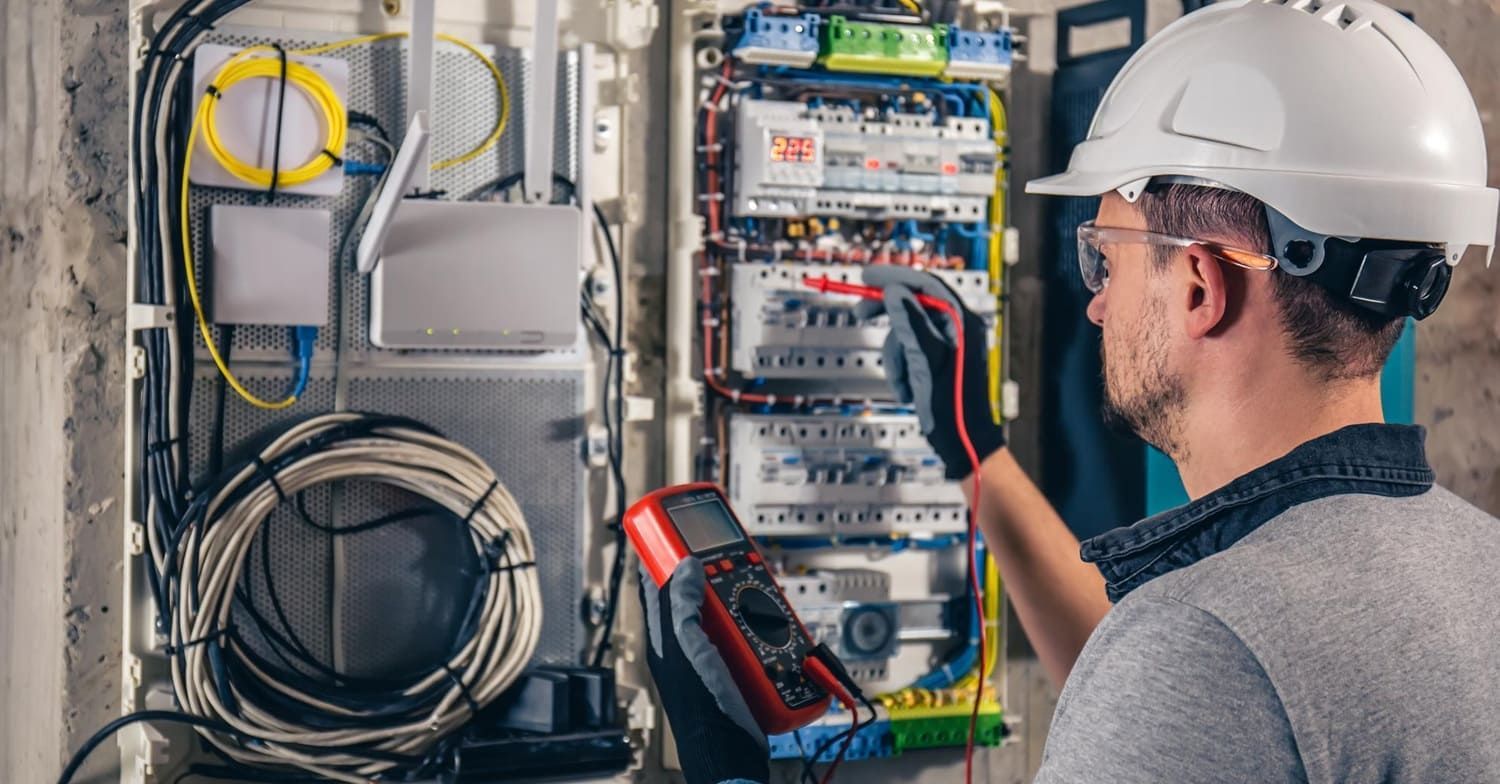
Steps to Enhance Marine Electrical Safety
Improving your boat's wiring safety involves more than just inspections. Here are some additional steps:
Upgrade to Marine-Grade Wiring
Marine-grade wiring is specifically designed for the harsh marine environment. It's more resistant to corrosion and abrasion than standard wiring, making it a worthwhile investment. Upgrading to marine-grade wiring can significantly enhance the longevity and reliability of your electrical system.
Investing in quality materials ensures that your boat's wiring can withstand the harsh conditions it encounters. While it may be an upfront cost, the long-term benefits and safety improvements are invaluable.
Regular Maintenance
Schedule regular maintenance checks with a professional to ensure your boat's electrical system is in top condition. This can help catch potential issues before they become serious problems. Professional maintenance provides an expert eye to spot hidden issues that may not be visible to the untrained eye.
Establishing a routine maintenance schedule ensures that your boat remains in peak operating condition. Professional assessments can also provide peace of mind, knowing that your wiring is safe and compliant with industry standards.
Install a Battery Switch
A battery switch can help prevent battery drain and reduce the risk of electrical fires by allowing you to disconnect the battery when not in use. This simple addition can prevent unnecessary wear on your battery and extend its lifespan.
Installing a battery switch is a straightforward process that can provide significant safety benefits. It also allows for easier maintenance and troubleshooting of your boat's electrical system.
Educate Yourself
Understanding your boat's electrical system can help you identify potential issues more quickly. Consider taking a marine electrical safety course to boost your knowledge. Being informed about your boat's wiring helps you make better decisions regarding maintenance and safety.
Education empowers boat owners to take proactive steps in maintaining their vessels. Courses and resources are widely available and can provide valuable insights into best practices for marine electrical safety.
When to Call a Professional
While routine inspections can be done by boat owners, certain situations require professional expertise:
- Complex Wiring Issues: If you're unsure about any aspect of your boat's wiring, it's best to consult a professional. Experienced technicians have the skills and tools to address complex problems effectively.
- Rewiring Projects: Major rewiring should always be handled by someone with the right skills and experience. Professional rewiring ensures compliance with safety standards and regulations.
- Persistent Electrical Problems: If problems persist despite your best efforts, a professional inspection may be necessary. Persistent issues may indicate underlying problems that require expert diagnosis and repair.
Engaging a professional when necessary can prevent costly mistakes and ensure that your boat remains safe and operational. It's always better to err on the side of caution when it comes to electrical safety.
Conclusion
Buell Electric, Inc., proudly serving Pinellas County, Hillsborough County, and Pasco County, including the Florida cities of Tampa, Clearwater, Saint Petersburg, Largo, Port Richey, New Port Richey, Seminole, Tarpon Springs, Hudson, Holiday, Lutz, Pinellas Park, Belleair Beach, Dunedin, Oldsmar, Ozona, Elfers, Bay Pines, Crystal Beach, Safety Harbor, Odessa, Clearwater Beach, Westchase, Citrus Park, Town 'n' Country, and surrounding areas, understands that boat wiring safety is not something to take lightly.
By understanding the basics, recognizing signs of trouble, and performing regular inspections, you can ensure a safer and more reliable boating experience. Electrical issues on the water can be dangerous and costly—proper maintenance and professional support are essential.
Contact Buell Electric, Inc. today for your free estimate and expert marine electrical services.
Remember, when in doubt, trust a licensed professional to safeguard both your investment and the lives of those on board. Routine attention to your boat’s wiring not only enhances safety but also extends the lifespan and reliability of your vessel’s electrical system.
Safe boating starts with safe wiring.



